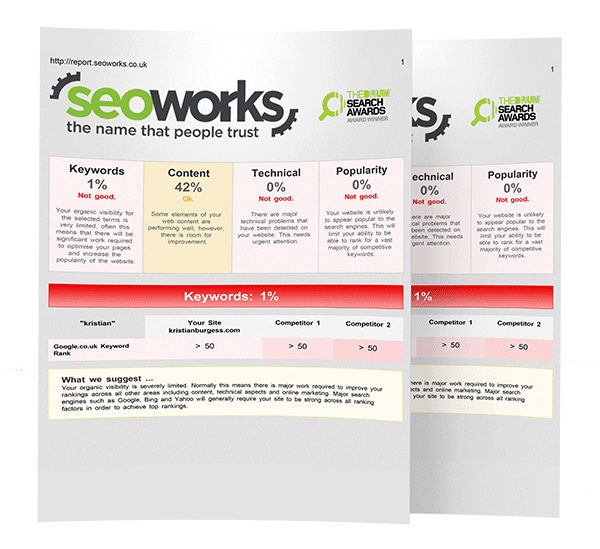Entities in SEO and The Future of Search
Whilst AI is dominating conversations about the future of search, one topic that gets less attention is entities in SEO – but its influence is just as profound.
For years, Google algorithms have been evolving towards an entity-focused approach. Keywords are still important, but Google has been slowly reducing its reliance on exact phrase matching.
But what does this actually mean? What is an entity? And how should this change how I approach SEO for my website? In this guide, we’ll explain what entities in SEO are, how they work and practical ways to optimise your website accordingly.
By the end, you’ll have a better understanding of how Google search actually works, and have ways to leverage entities to your advantage.
What is an entity in SEO?
An entity in SEO is anything that is “singular, unique, well-defined, and distinguishable”, according to Google’s 2016 patent.
This refers to both physical things and concepts. Entities don’t have to be tangible – they just have to be distinguishable from other, similar things.
Examples of entities include:
- People
- Places
- Ideas
- Brands
- Books
- Objects
- Companies
- Events
- Colours
- Dates
- Currencies
At first glance, it’s difficult to tell the difference between entities and keywords. Surely ‘John Lewis’ is a keyword and a brand entity? This may be the case, but they work very differently.
What’s the difference between keywords and entities?
Keywords are specific queries that users type into search engines. In contrast, entities are distinguishable objects or concepts that keywords often refer to.
For example, the keyword ‘queen’ doesn’t refer to a specific entity without context. If someone types this into Google, it’s difficult to tell whether they’re referring to the idea of a monarch, a queen of England or the band Queen.
However, if they type ‘queen of england 2019’ or ‘who was the lead singer of queen’, it’s clear which entity is associated with each query.
‘Queen’ is a keyword, whereas the band Queen is an entity. That’s because the entity is “singular, unique, well-defined, and distinguishable.”
Here, the entity’s meaning is created through context and its relationship to other entities. The band Queen is associated with the person Freddie Mercury, the genre of rock and the country of England.
To illustrate this visually, here’s what an entity looks like:
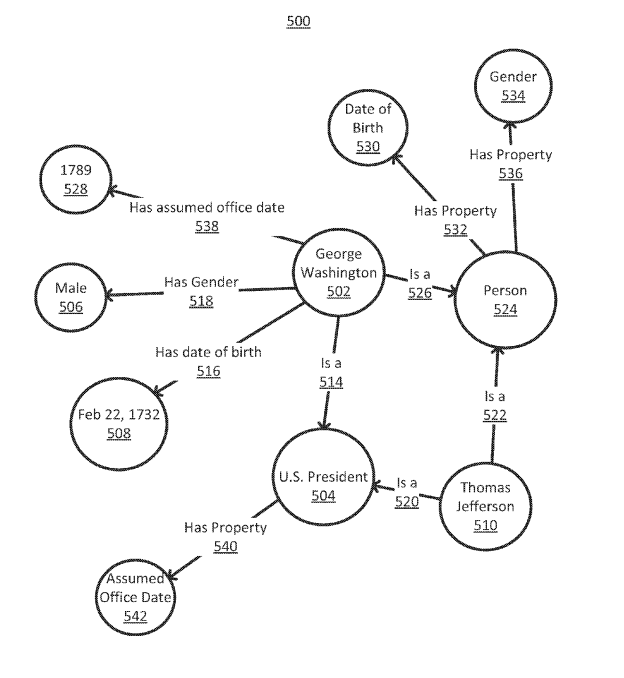
This image partially explains how entities impact SEO. But what does this look like in Google’s algorithms?
How entities work in Google search
According to Google’s 2017 patent, when a user makes a query, the algorithm will determine whether the query references a particular entity. Then, it’ll match this with related entities, and present information to the user based on the primary and related entities.
This is quite complex, so let’s break it down:
- User makes a query
- Google obtains search results for this query from its index database
- Google determines which entity is associated with this query
- Google then discovers any related entities that would be useful for the search query
- Google returns a response to the user based on the index, primary entity and related entities
To return to our previous example, if a user searches ‘who is the lead singer of Queen’, Google will look for names in the top 10 search results from its index. Then, it’ll find the most commonly occurring name, and return this as the answer.
Using this process, it has worked out that the user is looking for a person, specifically a lead singer who is associated with a band called Queen. From this information, Google answers the question with the entity ‘Freddie Mercury’.
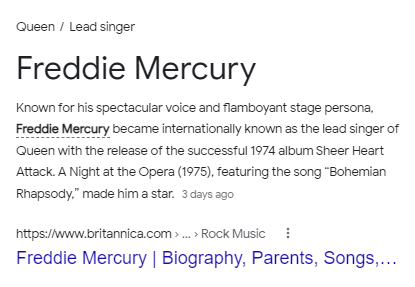
How has the idea of entities in SEO developed in the last 10 years?
To demonstrate how Google has evolved its algorithms, below is a brief timeline of Google updates since 2012.
In short, these updates have signalled a move away from ranking content based on keyword matching. Now, Google is focusing on semantics, user intent and entities.
Knowledge Graph (2012)
Introduced in 2012, the Knowledge Graph is a database of entities and the relationships between these entities.
This is visually represented in search results via the Knowledge Panel. For example, if you’ve ever searched for a film, it’ll show you the director, actors and other similar films. That’s because these entities are all connected together.
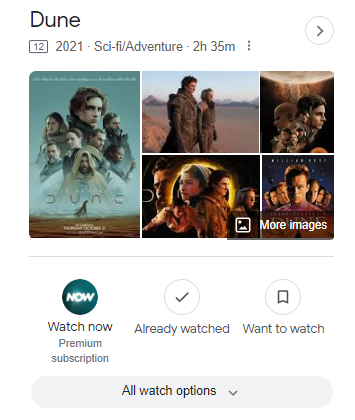

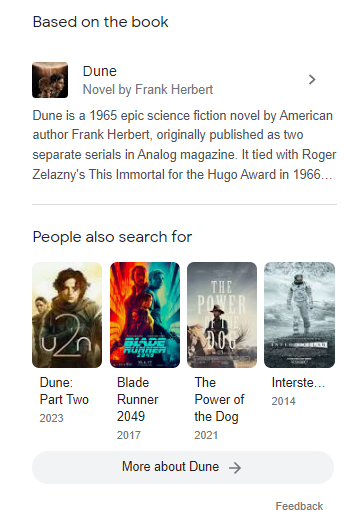
Hummingbird (2013)
In 2013, Google moved further away from keyword matching and towards a semantic understanding of language.
The Hummingbird update introduced Natural Language Processing (NLP). This is used to retrieve results based on the meaning of words. Since then, pages that match search intent have ranked higher than those merely optimised with keywords.
RankBrain (2015)
RankBrain was an evolution of Hummingbird that uses Artificial Intelligence to test and tweak the algorithm over time. It looks for similarities between search results and pages to determine what to rank highly.
BERT (2019)
BERT placed an even greater emphasis on user intent. The algorithm could now process more complex and conversational queries than ever before.
MUM (2022)
With the recent MUM update, Google aims to help users find what they’re looking for in as few searches as possible. It works across multiple languages and content formats to surface useful subtopics (or related entities), so users can explore topics in more depth.
Over the last 10 years, Google’s algorithms have become ever more sophisticated, prioritising meaning, context and entities over keyword placement. But what does this mean for your SEO project?
Read more: Semantic SEO: What is it? And How to Use it

Practical ways to optimise for entities in SEO
Most of this guide has focused on entities and algorithms in a theoretical sense. Now, you’ll learn some practical ways you can incorporate entities into your SEO workflow.
As a business, you’ll want your brand to be visible for different entities. For example, if you’re a vegan dog food brand, you’ll want to be visible for entities like ‘vegan dog food’. Here are some ways you can achieve this:
Topical clusters
When you’re creating content for your website, think beyond keywords. What topics do you want to cover and be known for?
A topical cluster is a group of individual pages, usually blog posts, which are internally linked together and associated with the same topic.
For example, you could publish a blog named ‘The Ultimate Guide to Student Accommodation in Liverpool’. This is known as a pillar page and, in this post, you’d briefly write about all the aspects of the topic.
Then, you’d internally link to other blogs that cover the sub-topics in more depth – also known as ‘clusters’. In turn, these clusters then link back to the pillar page and between one another.
Here’s what a topical cluster looks like:
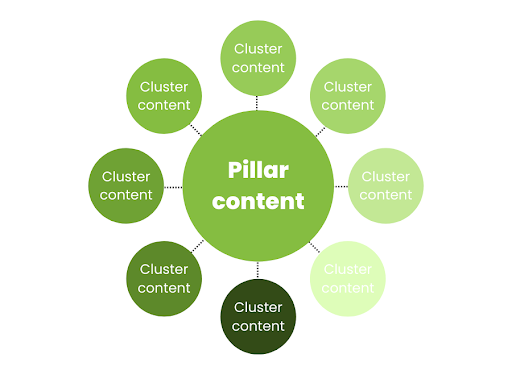
By creating clusters, you can build topical authority and become associated with important entities for your business.
Read more: What Are Topic Clusters? Why (& How) They Help With SEO
Keyword research versus entity research
Keyword research is still an integral part of any SEO project: it helps you to understand what your customers are searching for and how often.
Beyond keyword research, you should also be thinking about what entities your website is currently associated with. Not only that, it’s useful to keep an eye on what entities your competitors are covering, too, so you can identify any gaps.
Using Google’s NLP API, navigate to the ‘entities’ tab. Here, you can see which entities your website appears for and what you might need to focus on.
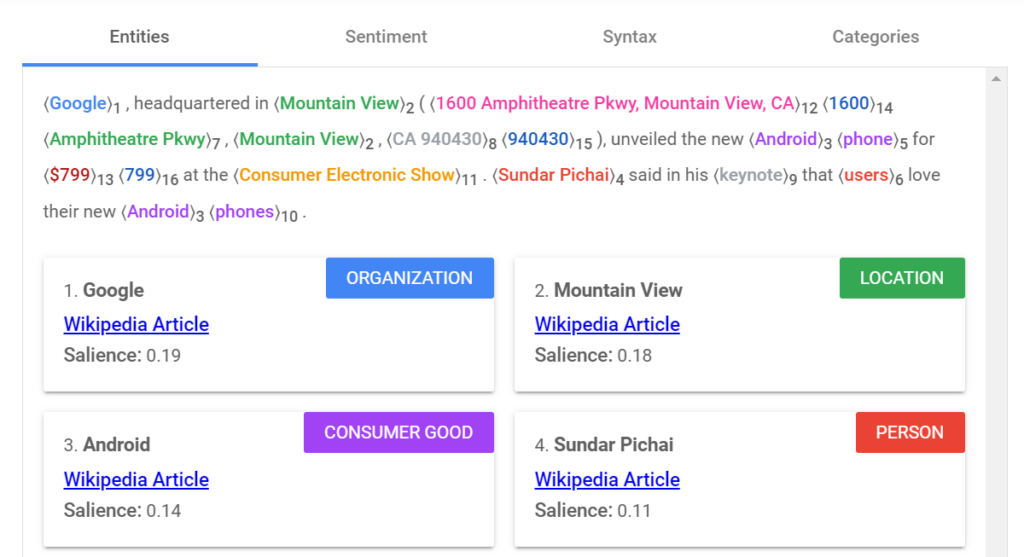
Backlinks
Entity optimisation isn’t just about on-page factors – consider how you’re mentioned and linked to on the web, too.
When you’re acquiring backlinks, think closely about the websites your links are placed on. Do these sites cover relevant entities for your business?
This doesn’t mean that you can only get links from car magazines if you’re in the automotive industry. If a newspaper writes an article about cars and includes a link to you, that would still be considered relevant. However, a link in an article about an irrelevant topic wouldn’t pass on much value.
When conducting outreach campaigns, choose journalists, websites and publications to pitch to based on what entities they’re associated with.
Structured data
Structured data isn’t just used to make your website eligible for SERP features. It also plays a big role in providing context to Google about your web pages.
For example, you can use schema to demonstrate to Google that your page is a recipe. So, when someone searches for a ‘lasagne recipe’, it can match your page with the query accordingly.
In particular, ‘Same As’ schema is useful when trying to become associated with different entities. As part of this, you reference another page about the topic – usually a Wikipedia page – to signal to Google that you’re referring to a specific entity.
This is an example of what this looks like:
<script type=”application/ld+json”> {
“@context”: “https://schema.org”,
“@type”: “WebPage”,
“@id”: “https://dixonjones.com/seo/seo-traps-in-wordpress/#ContentSchema”
“headline”: “SEO Traps & WordPress”,
“url”: “https://dixonjones.com/seo/seo-traps-in-wordpress/”,
“about”: [
{“@type”: “Thing”, “name”: “Search_engine_optimization”, “sameAs”: “https://en.wikipedia.org/wiki/Search_engine_optimization“}
]
} </script>
Here, in an article about SEO, the author is making clear that they’re referring to ‘Search Engine Optimisation’ with a link to the Wikipedia page in the code.
Google My Business
If you’re working on a local SEO project, Google My Business can help you to become more visible for location-based entities.
For example, by including your address, you can become associated with a particular city or region. When you include category tags, you’ll also directly demonstrate to Google what products and services you sell.
Together with on-page optimisations, this can help Google to make connections with your brand and other entities.
Making your brand an entity
Naturally, your brand may become its own entity over time. In some cases, your brand name may be very similar to another brand, or be associated with a sister company. In these cases, it’s important to differentiate your brand, so you can avoid confusion.
To do this, ensure you have an about us page on your website. This should include who you are, what you do, where you’re based and who works with you. As a result, you can define your brand as a distinct entity.
You can also submit yourself for awards and feature expert comments on other websites. Creating a Wikipedia page, and incorporating this into Same As schema, is another off-page tactic to try.
Final thoughts
Entities in SEO may feel like a theoretical concept without much real-world application. However, Google is increasingly prioritising them in algorithm updates, and they’re having a big impact on how search works.
Plus, there are many easy, practical ways you can optimise for entities on your website. Through a combination of on-page and off-page efforts, you can slowly become more visible for important entities related to your business.
Need some help optimising for entities? At The SEO Works, we’re constantly keeping up-to-date with the latest algorithm changes. As a result, you can be confident that we know what your website needs to perform.
The benefit of a large agency is that you can tap into our team’s wide-ranging expertise. Save yourself time on catching up with Google’s latest announcements, and use our knowledge to help you grow online.
Get in touch to enquire about our SEO services.
Sources
2016 Google Patent: Question answering using entity references in unstructured data
2017 Google Patent: Related entities

(They/Them)
Liam is an SEO Team Leader with a background in journalism. They’re passionate about E-A-T, ethical SEO and devising content strategies that get clients results.
